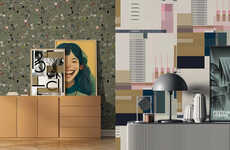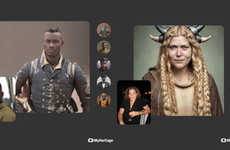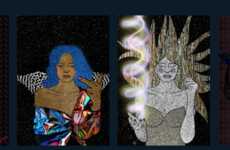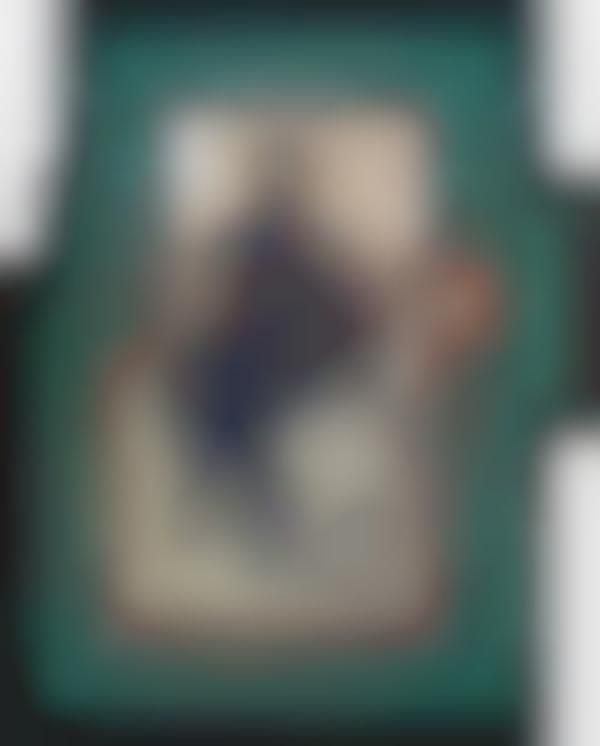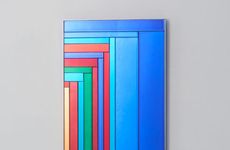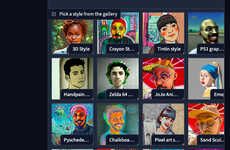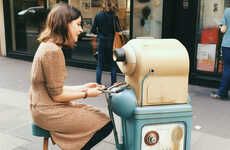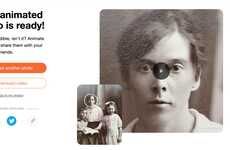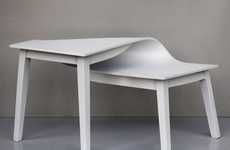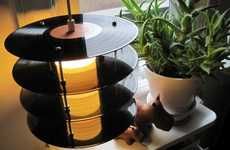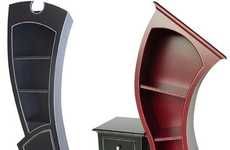
The deFacebook Project Purposely Frames Erroneous Images
Gil Cohen — December 3, 2012 — Art & Design
References: galerieparisbeijing & yatzer
Artist Nandan Ghiya manipulates old portraits to looks like glitchy online imagery in his recent deFacebook Project.
If you've worked with computers at all, you've probably experienced how a slow site that is laden with images can lead to choppy and fragmented pictures. Ghiya recreates these kinds of pictures in his latest collection, using paintings to create an imaginary family portrait using people that have no actual relation to each other. The images are faded and vintage looking but the frames are all askew and pixellated. Even the frames are not square, some have a diagonal step while others have cutouts and disconnected pieces that are individually framed. One even has a 'download error' alert in the middle.
The deFacebook Project is a contemporary erroneous portrait series.
If you've worked with computers at all, you've probably experienced how a slow site that is laden with images can lead to choppy and fragmented pictures. Ghiya recreates these kinds of pictures in his latest collection, using paintings to create an imaginary family portrait using people that have no actual relation to each other. The images are faded and vintage looking but the frames are all askew and pixellated. Even the frames are not square, some have a diagonal step while others have cutouts and disconnected pieces that are individually framed. One even has a 'download error' alert in the middle.
The deFacebook Project is a contemporary erroneous portrait series.
Trend Themes
1. Glitched Portraits - A trend of manipulating physical portraits to look like glitchy online imagery, creating an opportunity for artists and photographers to experiment with distorted visual effects.
2. Faded Frames - A trend of using non-square, pixelated frames or adding error messages to frames, creating an opportunity to expand the options for custom framing and wall decor.
3. Disjointed Collages - A trend of using disconnected pieces to create imaginary or surrealistic collages, providing an opportunity for artists to push their creativity by exploring non-traditional materials and compositions.
Industry Implications
1. Art - The art industry can benefit from these trends by embracing new media and incorporating technology in traditional art forms to appeal to modern audiences.
2. Photography - The photography industry can explore these trends to achieve new visual effects and experiment with innovative techniques to capture unique and distinctive images.
3. Framing and Decor - The framing and home decor industry can take advantage of these trends by offering new framing options that cater to individual preferences and aesthetic values.
1.6
Score
Popularity
Activity
Freshness


